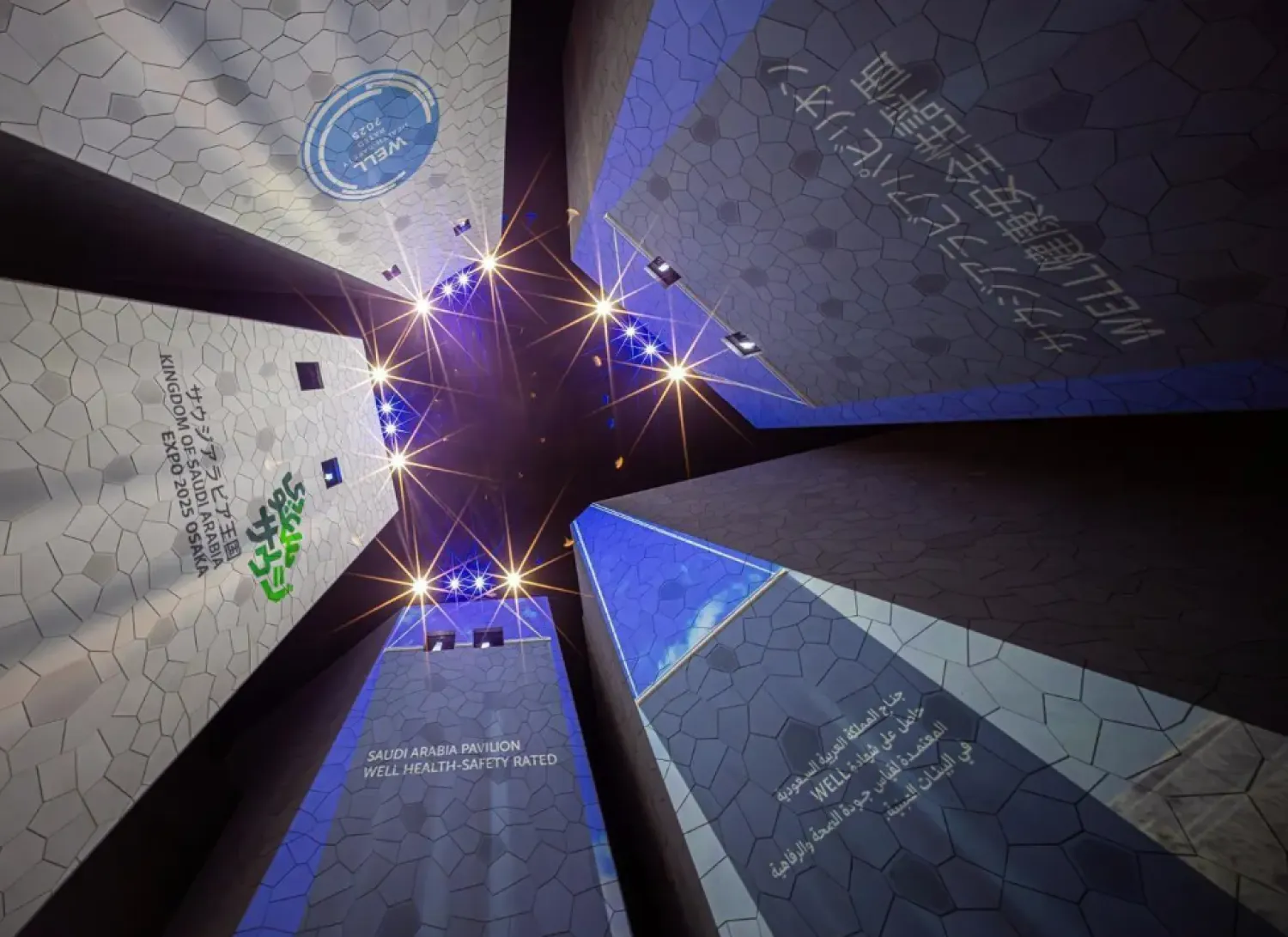A new UNICEF report has revealed that children in the world’s wealthiest countries grow in a relatively healthy environment. However, most of those countries are disproportionally contributing to destroying the environment around the world.
Researchers at the UNICEF Office of Research – Innocenti concluded that if everybody in the world consumed resources at the rate people do in OECD (Organization for Economic Co-operation and Development) and EU countries, the equivalent of 3.3 earths would be needed to keep up with consumption levels.
If everyone were to consume resources at the rate at which people in Canada, Luxembourg and the United States do, at least five earths would be needed, stated the UNICEF bureau in Cologne.
Germany too has a very high consumption rate on the global level; the equivalent of 2.9 earths would be needed to keep up with the Germans’ lifestyle.
The UNICEF report involved 39 countries in the OECD and EU. The researchers wanted to investigate how each country fare in providing healthy environments for children. The report investigates the environmental print including the countries’ contributions to the climate crisis, and the dumping of e-waste.
Spain, Ireland and Portugal top the list of countries providing healthy environments for all children and contributing less to the global environmental problems. Germany ranked ninth on the same list.
Some of the wealthiest countries, including Australia, Belgium, Canada and the United States, have a severe and widespread impact on global environments – based on CO2 emissions, e-waste and overall consumptions of resources per capita – and rank low overall on creating a healthy environment for children within their borders.
“Not only are the majority of rich countries failing to provide healthy environments for children within their borders, but they are also contributing to the destruction of children’s environments in other parts of the world. In some cases, we are seeing countries providing relatively healthy environments for children at home while being among the top contributors to pollutants that are destroying children’s environments abroad,” said Gunilla Olsson, director of UNICEF Office of Research – Innocenti.







